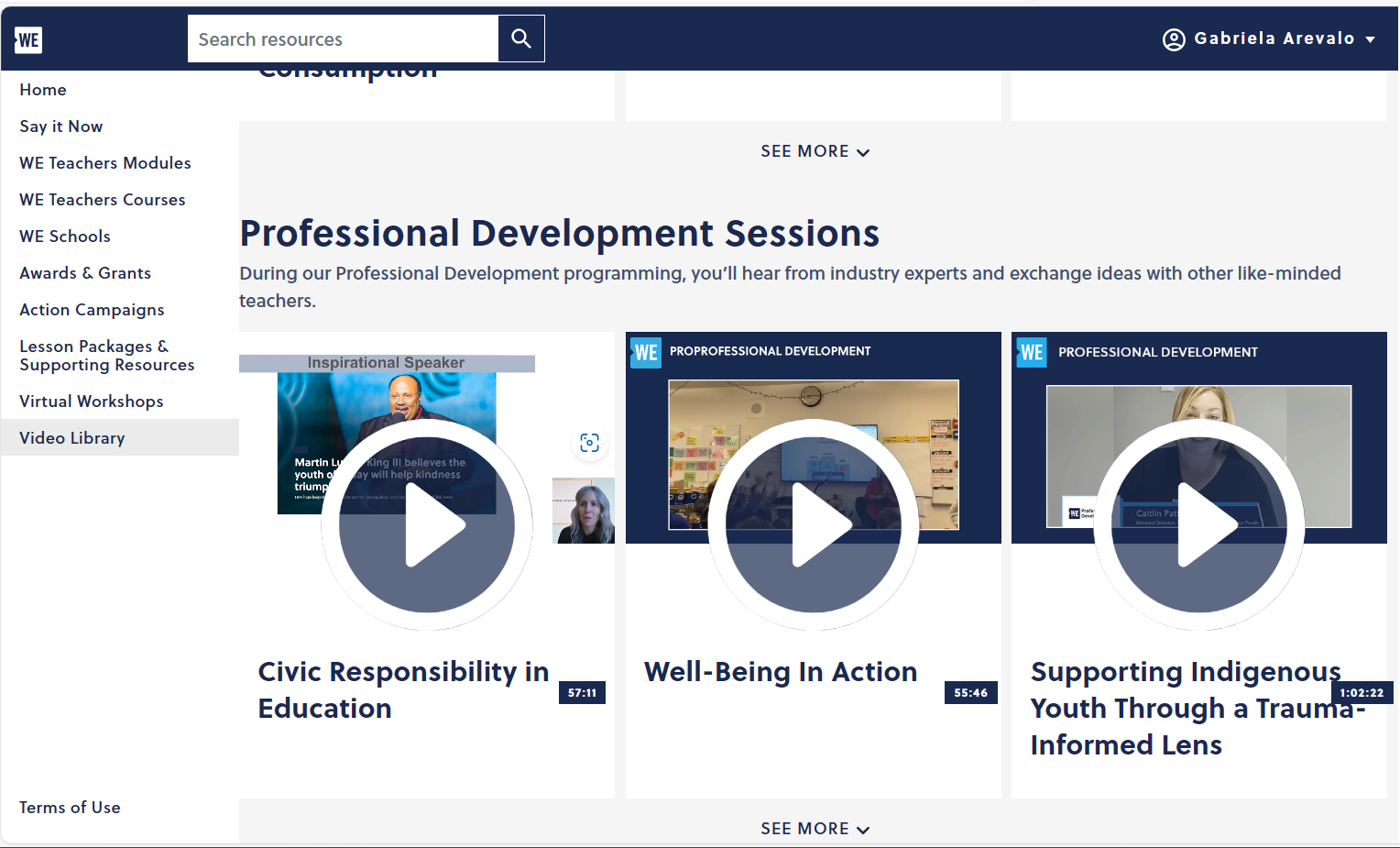VR in the classrooms
Virtual Reality (VR) in classrooms has the potential to revolutionize education by providing immersive and interactive learning experiences. When applied to global collaborations, VR can further enhance communication and collaboration among students and educators from different parts of the world. Here are some ways in which VR can contribute to successful global collaborations in classrooms
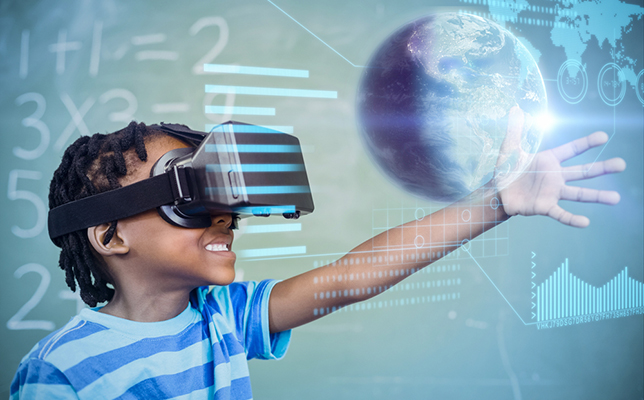
Virtual Reality in classrooms has the potential to revolutionize education by providing immersive and interactive learning experiences. When applied to global collaborations, VR can further enhance communication and collaboration among students and educators from different parts of the world. Here are some ways in which VR can contribute to successful global collaborations in classrooms.
With apps like Veative and Nearpoods, virtual reality can be a useful tool in enhancing a students education creating a more immersive, interactive lesson.
Collaborative VR experiences can enable students from different countries to take virtual field trips together. It allows students to explore unique environments and landmarks collaboratively, fostering a shared learning experience.
Virtual Reality Could be the Future of Education

Virtual Reality is quickly evolving and becoming a second world through our eyes. To be able to see different worlds and experience things through a headset can mean students can be exposed to more educational resources. Students can learn about other countries, anatomy, the ocean, and much more with one simple tool.
Students can take a quick trip to France in 40 minutes within their class period with a VR headset. VR allows the users to see different things easily, and very realistically. Virtual Reality can bring more engagement into the classroom as well because not only is it informational, but it is a fun experience for students. It can give the students something to look forward to in school. Virtual Reality allows students to see things in different dimensions, different countries, space… mostly anything you can think of. VR headsets can be very beneficial in the classroom.
In terms of Global Collaboration, students will easily be able to see into a different country and interactively see it themselves. Using Virtual Reality to teach students about other countries can be more impactful because the students will be able to see the world in their own eyes without actually being there, and it is very different than just looking at a photo. It gives the students more interest in wanting to see more of the world and learn about what is going on in different places.
Virtual Reality can be a great resource in the classroom for many different reasons. Schools should look more into these devices because the benefits and convenience of using them are unbeatable for what these simple devices can do!
Thank you for reading!
Embracing the Future: Virtual Reality in Classrooms and the Gateway to Global Collaboration
In the rapidly evolving landscape of education, the integration of virtual reality (VR) into classrooms has emerged as a groundbreaking development. This technology transcends traditional learning methods, offering immersive and interactive experiences that significantly enhance educational outcomes. But perhaps the most exciting aspect of VR in education is its potential to foster global collaboration, paving the way for a more interconnected and understanding world.
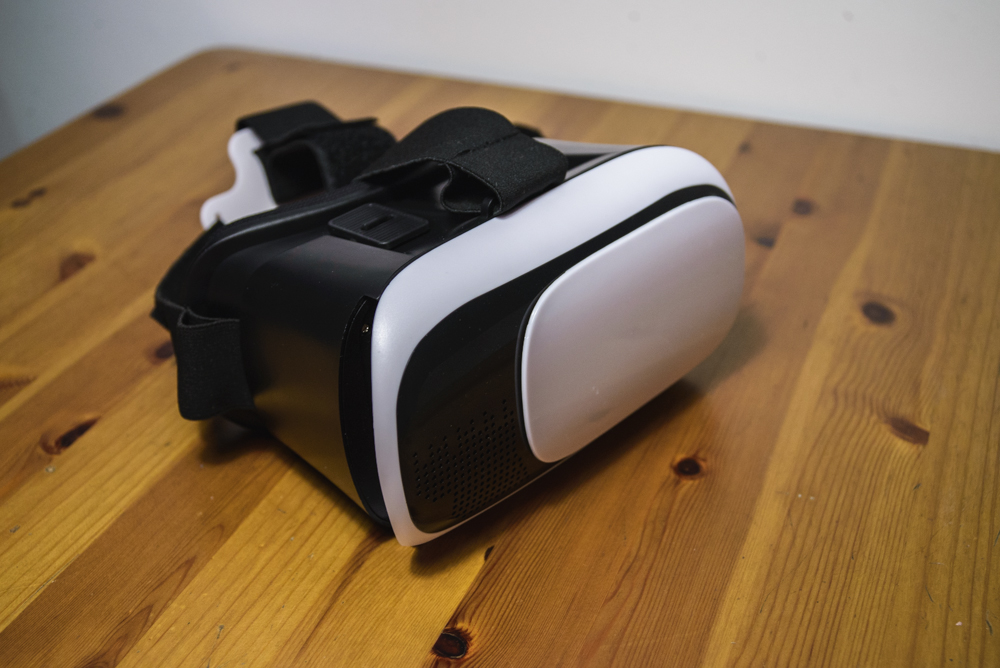
Virtual reality has revolutionized the way students learn and interact with educational content. By creating a three-dimensional, interactive environment, VR allows students to explore concepts and scenarios that would otherwise be inaccessible. This immersive experience leads to better engagement, improved retention of information, and an overall more enjoyable learning process.
Imagine a history class where students can virtually walk through ancient civilizations, or a biology lesson where they can explore the human body from the inside. VR makes these scenarios possible, transforming abstract concepts into tangible experiences.

The true potential of VR in the classroom, however, lies in its ability to connect students across the globe. Here’s how VR contributes to successful global collaboration:
- Breaking Down Geographical Barriers: VR allows students from different parts of the world to interact in a shared virtual space. This technology eliminates the physical and logistical constraints of traditional international exchanges.
- Cultural Exchange and Understanding: Through collaborative VR projects, students can experience and understand diverse cultures more intimately. This fosters empathy and respect, essential components for successful global collaboration.
- Language Learning and Practice: VR provides an immersive environment for language learning, where students can practice with native speakers in real-life scenarios, without ever leaving their classroom.
- Global Problem Solving: By collaborating in virtual environments, students can work together on global issues like climate change or sustainable development, promoting a sense of global citizenship and responsibility.

Numerous schools and institutions have already begun to harness the power of VR for global collaboration. For instance, a project connecting students in the United States with their counterparts in Syria used VR to share experiences and perspectives, breaking down misconceptions and building bridges between diverse communities.
Another example is a global environmental science program, where students from various countries collaborate in a VR space to understand and address environmental challenges. These real-world applications highlight the immense potential of VR in fostering global understanding and cooperation.
The use of virtual reality in classrooms is not just about technological advancement; it’s about shaping a new generation of globally-minded individuals. As VR becomes more accessible and its applications in education more widespread, we can look forward to a future where students are not only well-educated but also more empathetic and connected to their global peers. The possibilities for collaboration and mutual understanding are limitless, and it’s up to us to harness this potential to its fullest.
As we stand on the brink of this new educational era, it’s essential for educators, policymakers, and technology developers to work together to ensure that VR technology is used to its maximum potential in classrooms around the world. The future is here, and it’s virtual. Let’s embrace it to create a more connected, collaborative, and understanding world.
Reference:
- Grammar Check and re-correction : ChatGPT v3.5 & Grammarly, 12/10/2023.
Nearpod – The Future of Technology in the Classroom?

Nearpod is one of the leading websites in creating interactive classroom experiences. The website has a wide library of over 22,000 pre-made videos, lessons, and activities from numerous educational publishers. Nearpod also lets teachers create their own lessons, with the ability to upload videos, PDFs, and slideshows to implement into virtual or augmented reality. These lessons are customizable, with over twenty different formats for assessments and media experiences.
Nearpod’s wide array of lessons, and ability to create one’s own lessons, allows for a near endless pool of opportunities for global collaboration and exploration. For example, in this featured lesson plan students are able to take a virtual reality trip to Hong Kong to explore the celebration of Lunar New Year and the traditions behind it, which also features an extensive lesson on the holiday as well as its impacts on culture in the United States. Thus, through lessons like these, students are able to immerse themselves into cultures and regions all across the world, and thus increase global collaboration through mutual understanding and learning about, and through, each other.
Overall, nearpod’s structure is very conducive to enhanced, or even transformative student learning, and allows for increased immersion into other cultures and places across the world, all without having to leave the classroom. The potential impacts a program like this may be the future of increasing global collaboration and learning in the classroom, even from an early age.
Resources:
https://nearpod.com/how-nearpod-works
https://nearpod.com/nearpod-library
https://nearpod.com/t/social-studies/3rd/an-introduction-to-lunar-new-year-35-L109601499
VR in Global Collaboration
Virtual Reality (VR) has the potential to significantly enhance global collaboration by breaking down barriers of distance, being more engaging, and educational, and enabling greater productivity. VR enables users to feel as if they are physically present in a shared virtual environment. This presence can facilitate more effective communication among team members spread across the globe, leading to better understanding and collaboration. It also enables realistic simulations and immersive training environments, making it an ideal tool for global collaboration in education. Individuals from different parts of the world can access the same training modules or simulations simultaneously, fostering collaboration and knowledge sharing. It can recreate office environments in virtual space, allowing remote workers to feel more connected and engaged with their colleagues. Shared virtual workspaces enable collaboration on projects in a more immersive and interactive manner.
Oculus For Business. (2020, October 13). Using VR to Unlock the Power of Remote Collaboration – SPONSOR CONTENT FROM OCULUS FOR BUSINESS. Harvard Business Review. Retrieved December 8, 2023, from https://hbr.org/sponsored/2020/10/using-vr-to-unlock-the-power-of-remote-collaboration
National Geographic VR in the Classroom
Virtual reality is still something new and always growing. I would say the main use for it right now, is for gaming. There are many gaming VR headsets being made, and games always being made. It definitely gets better as the years go on.
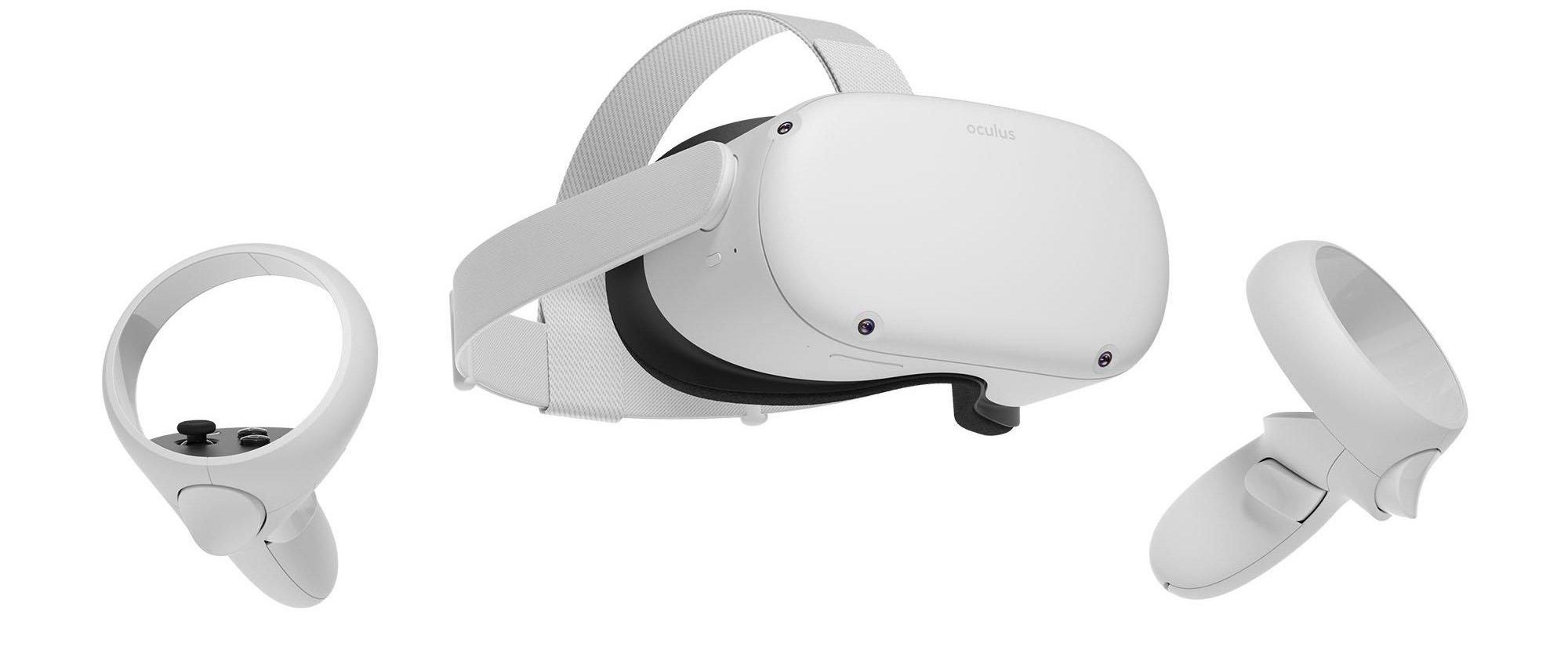
I own an Oculus headset and just use it to play games with my friends. The technology is great, and you really feel you are in the setting. The graphics are usually never anywhere near realistic, but that is not what it is about right now. The better graphics will come in time. It is all about how it makes you feel.
In one game, my friend and I were on this hot air balloon. It took us up to the sky, and we would look around us for the view. It did make me feel a little dizzy and made me feel like I would actually fall to the ground in my room. It was so weird to think about. My body and mind felt like I was in the air, but in reality I was standing in the middle of my own room.
After doing some research, I came across an app for the Oculus called “National Geographic Explore VR.”
It is all about virtually visiting different landmarks, countries, and environments. I think this is such a great way to put this technology to use.
Not only that, it would be perfect for the classroom setting. Students would have a great time using the headset and app. It would really engage them to pay attention and to apply themselves into the lesson.
This app would always play a big part in contributing to global collaboration.
Throughout the course, we have seen so many examples of global collaborating by video chat between classrooms. These classrooms are usually from different parts of the world.
I can see two classrooms from opposite sides of the world learning from each other. They could speak about so many different things, like:
- Their cultures
- Differences in their everyday lives
- Political views
- Education system
There is an endless amount to talk about.
Students could use the app to visit the classroom’s country and explore for themselves. The classroom could recommend areas to look out, or specific landmarks that are significant to the country.
This would aid students in fully understanding their fellow classmates from other parts of the planet. The students would have a real grasp of everything discussed and hopefully retain the information. They should also have plenty of fun in doing so and immersing themselves in a whole other location.
Using an Oculus for global collaboration does not just have to be with this specific app. I am sure there are similar apps that may have better features in certain aspects. More will be made as the technology continues to develop. There is no doubt that this should have a part in education for the success of students all around the world.
Virtual Reality in the Classroom
As we know, technology is always on the up and coming, continuously advancing in ways we couldn’t even imagine. One of the more recent advancements, and one that truly is incredible, is virtual reality. Through a pair of what looks like goggles, you can visually transport yourself anywhere your VR allows you to. Originally used just for fun, virtual reality can now be found in classrooms, contributing to student’s education. For example, teachers can now send their students on a “virtual field trip” to any location relevant to the topic they’re learning.

An experience like this would be especially beneficial in educating students about the world outside of where they live. It can be difficult to teach children about different countries around the world and their cultures through a textbook, and that is where a tool such as Nearpod comes into play. As not all school districts can supply a number of virtual reality headsets, Nearpod is a tool that can be accessed on almost any digital device, including chromebooks, iPads, macbooks, etc. Thanks to this “virtual reality classroom,” students can be transported to anywhere in the world, allowing them to experience the different countries, what they look like, how they speak, how they dress, what daily life is like there.

Virtual Reality can contribute to successful global collaboration as it aims to engage students in what they are learning through immersive experiences. For students to actually experience what they are learning about will leave a lasting impression, promoting further interest and motivation in understanding the world around them. Additionally, a virtual field trip would aid in eliminating any premeditated thoughts or bias that may have been formed about a certain place or culture. Ultimately, virtual reality in the classroom influences students to be more open minded in participating in global collaboration.
Accessibility Tools
I did some research and found 7 different accessibility tools that I think would be super helpful in the classroom. Hope you think so too!
Voice Over – Mac Screen reader provides access for students with visual impairments.
National Geographic Kids – Kid-friendly science and social studies info via videos, games, and more
Pear Deck – Interactive slideshows offer a variety of ways to engage and assess
Writable – Stellar program scaffolds the writing process with peer review and feedback
Global Digital Library – A unique, free resource to support literacy and family engagement
CodeHS – computer science curriculum offers great feedback, fun challenges
99math – fast math practice focuses on competition, reports
I think all of these sources have great opportunities within the classroom and all teachers should look into incorporating online tools into their lessons.
My future Valuable classrooms experience
A valuable classroom experience is the cornerstone of effective education. It goes beyond the mere transmission of information and involves the creation of an environment that fosters curiosity, critical thinking, and a love for learning.

The heart of any classroom experience lies in the teaching methods employed by educators. A valuable classroom experience necessitates dynamic and interactive teaching approaches. Lectures, discussions, group activities, and multimedia presentations can be integrated to cater to diverse learning styles. Teachers should strive to make the learning process enjoyable and relevant to students’ lives.

In the digital age, incorporating technology into the classroom can significantly enhance the learning experience. Interactive smartboards, educational apps, and online resources provide opportunities for engaging and interactive learning. Teachers should be adept at using technology as a tool to support and enrich traditional teaching methods.Take the image below for example, an interactive Virtual tour experience of the Lourve in France
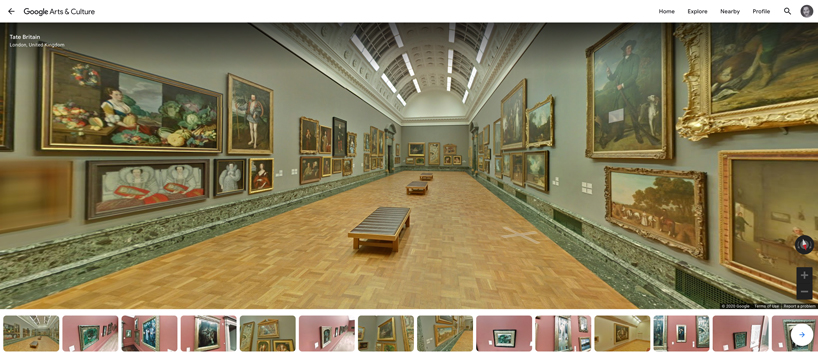
A valuable classroom experience encourages curiosity and a love for learning. Teachers should inspire students to explore beyond the confines of the curriculum, fostering a genuine interest in the subject matter. Incorporating hands-on experiments, field trips, and guest lectures can ignite curiosity and broaden students’ perspectives.
Excitement About Virtual Learning
For this week’s blog post I explored the WE Learning Center. This website provides many tools for educators to use to make teaching and learning better. A tool that I am excited to use are the workshops on the website. These workshops include educational information as well as games such as Bingo to better engage students in the topic of discussion. I am excited to use this tool because it can be added to a lesson plan or used as a lesson plan. Additionally, if I cannot apply any of the workshops to whatever topic I am teaching, I can use the workshops as a template for my lesson plan and for activities to do with my students.
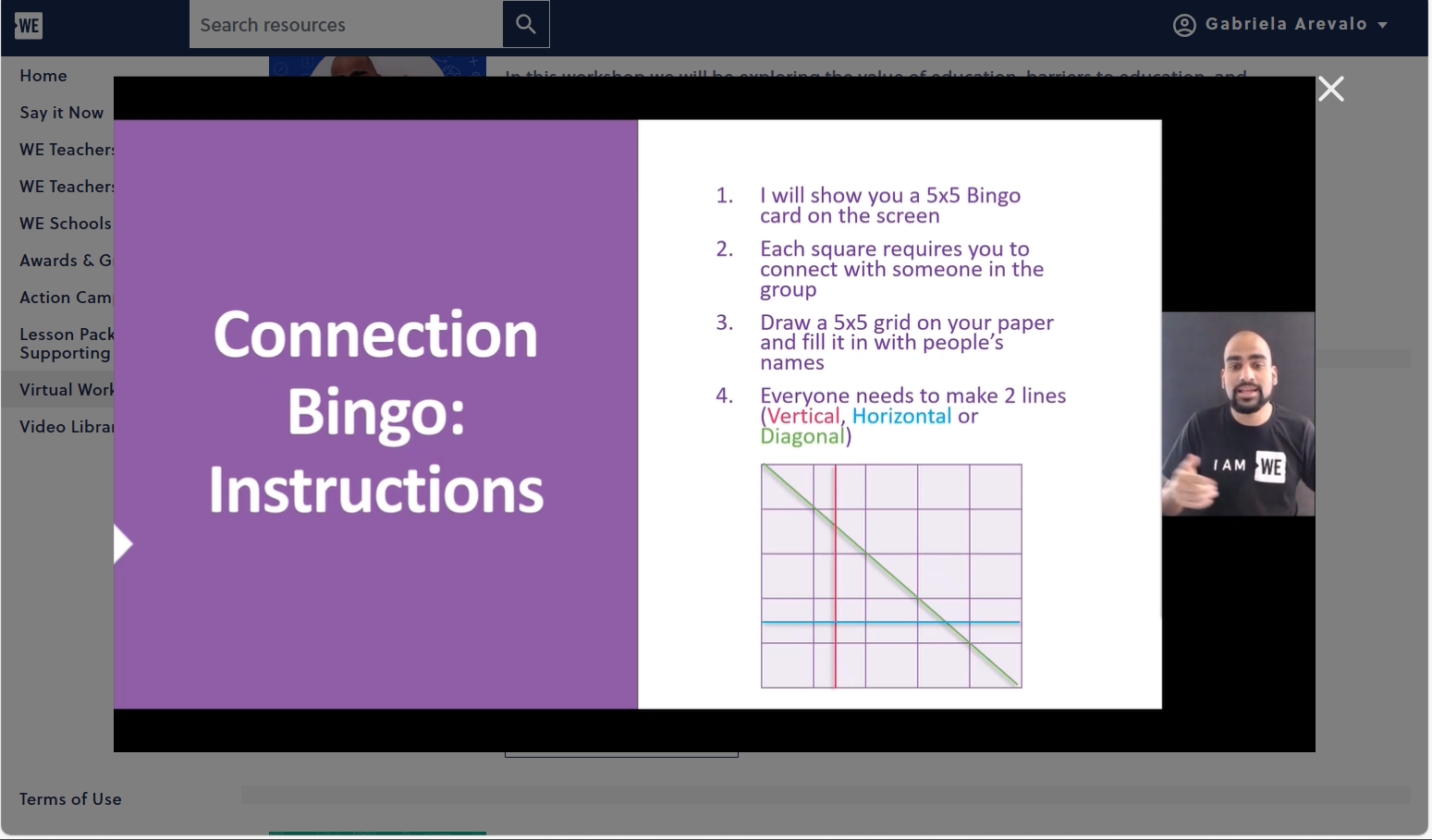
The next virtual learning tool that I am excited to utilize is the teacher courses. These courses provide information provide worksheets for not only students but educators as well. These courses cover many different topics, and you can take the ones specific to things you may be unclear on regarding to teaching. Each course has a worksheet paired with to ensure that the educator thoroughly understood the information given to them. This website not only has tools to introduce in the classroom but also has tools to handle different and maybe difficult topics in the classroom.
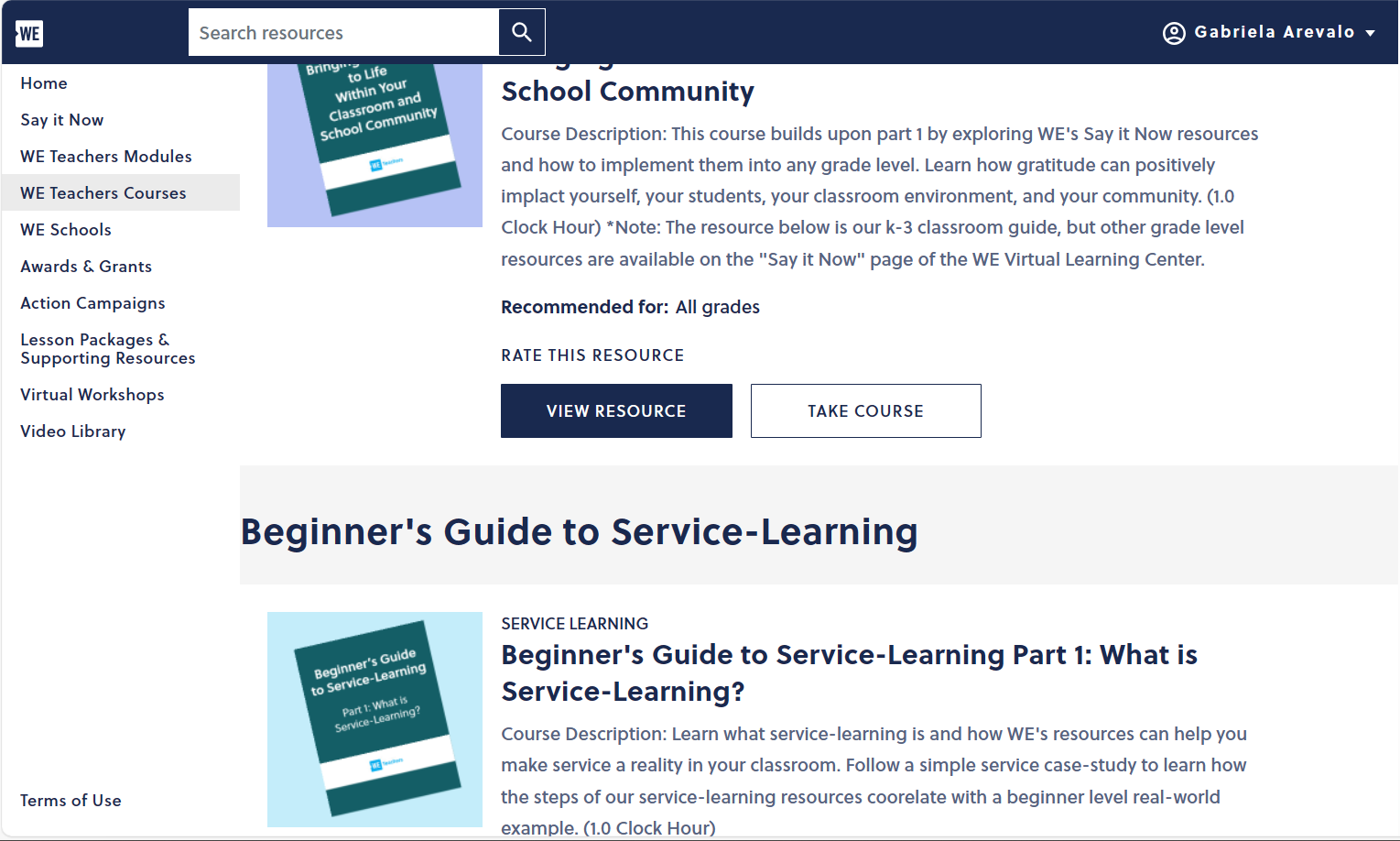
This virtual learning center also has a video library filled with different types of videos to educate others. I am excited to use this tool when I feel as though someone else may present a topic better. Other people have different ways of looking at things so introducing new people to your classroom (such as the ones in this video library), which could help my students to learn how to look at things from a different perspective.
